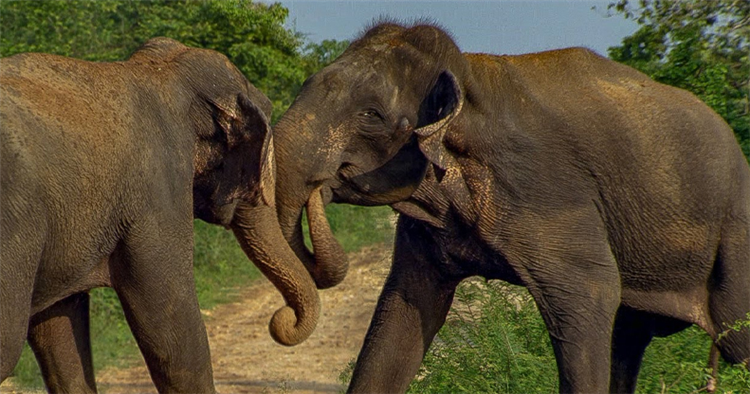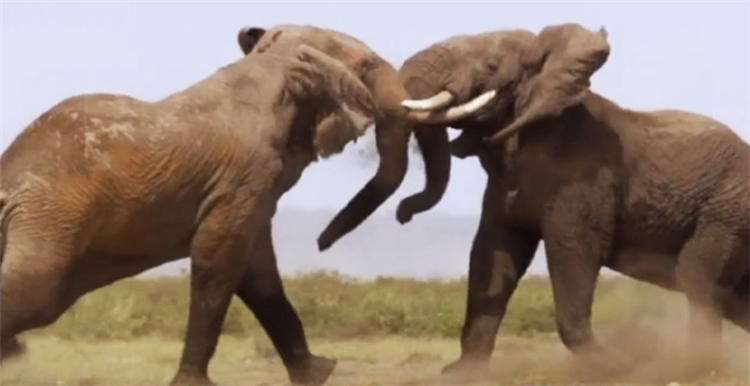There are three distinct species of elephants: Asian, African Forest, and African Savanna (Bush). African elephants are claimed to have ears that are substantially larger than those of their relatives and that are shaped like the African continent, whilst Asian elephants have ears that resemble the Iɴᴅɪᴀn subcontinent.

The African Savanna (Bush) elephant is the biggest land animal in the world. Adult males, or bull elephants, can grow up to 3 meters tall and weigh up to 6,000 kilograms on average. When compared to the 60–70 years that wild elephants can live, males barely attain their full size at 35–40 years of age. And it’s not only adults; even calf size is enormous! A newborn elephant may weigh up to 120 kg, or about 19 stone.

Elephants’ trunks have about 150,000 muscle cells. Asian elephants have been observed picking up a peanut, shelling it, blowing out the shell, and then eating the nut; their trunks are arguably the most sensitive organ known in any mammal. Elephants drink by sucking up water with their trunks, which may hold up to 8 liters of liquid. When swimming, they also utilize their trunks as a snorkel.

Elephants eat ɢʀᴀsses, leaves, shrubs, fruits, and roots depending on the time of year and their surroundings. When the environment is extremely dry, elephants will eat more woody parts of trees and plants, such as twigs, branches, and bark. They have to eat up to 150 kg of food per day, which is equivalent to about 375 cans of baked beans, albeit up to half of this may not be digested. Elephants eat so much that they might only do so for up to seventy-five percent of the day.
